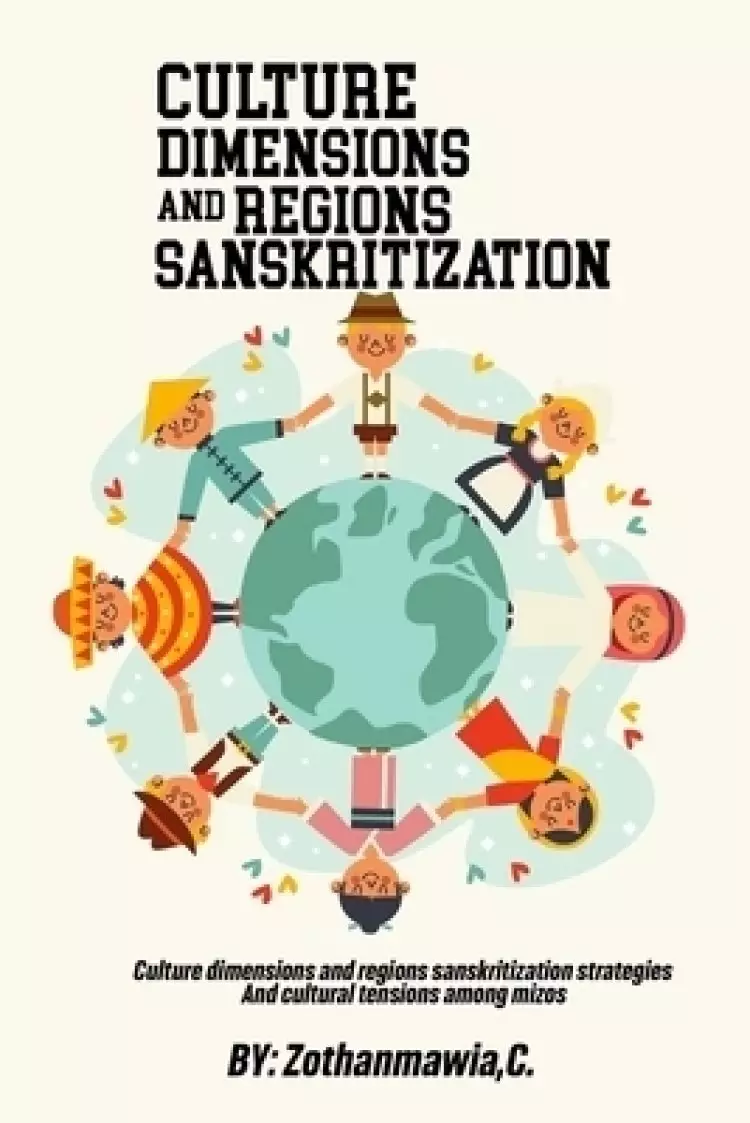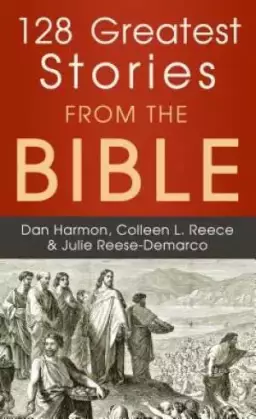Product Description
Introduction In many fields of contemporary studies, be it anthropology, history, sociology or psychology, 'culture' is a term that is very often used. The term had already been included in an English Dictionary during the 1920s (Kroeberg, 1949), but Taylor (1871), who had used it in the field of anthropology, defined it as, "that complex whole which includes knowledge, belief, art, morals, laws, customs and any other capabilities and habits acquired by man as a member of society.' This definition gave a more immaterial meaning to the word 'culture' as compared to the previously utilitarian meaning which had been attached to it. The difference between material and the non-material aspect of culture has also been mentioned by sociologists Max Weber, MacIver and RK Merton, which has become more or less accepted as what differentiates culture from other concepts such as civilisation. Others have given alternate definitions of culture such as Linton's (1936), which defines it 'the total social heredity of mankind' and Herskovitz (1948) who defined it as 'the man-made part of the human environment'. In his definition of the term, Wissler (1923), has included speech, material traits, art, knowledge, religion, society, property, government, and war as being the elements of culture. Looking at these definitions, we see that the definitions of culture include more immaterial definitions as compared to material concepts. Many have agreed that culture is a direct expression of human nature by means of different methods such as thoughts, actions, arts, religion, morality and recreation (Gisbert, 1973). We can say that, generally, culture includes all the phenomena in a society that are human and are not the products of biological or heriditary inheritance (Rawat, 2007). In a sense, it includes what is expressed besides what has been passed down through reproduction. The ways in which we adapt to the environment as a group is called culture. Accordingly, Sir Edward Tylor (1871) defined culture as 'that complex whole which includes knowledge, belief, art, morals, law, custom and any other capabilities and habits acquired by man as a member of society.' Here, he mentions what is acquired through being a member of the society, not what is passed on genetically from parent to child. Everything that we learn from being a part of a society, ones that we pick up post birth, is what makes up the 'culture,


